Scrap Quilt Strategies: An Eye for Design

My first art teacher taught me to be open to the question, “I wonder what would happen if…?” That concept has stayed with me and fits in with how I typically work with fabric color, pattern and design. Because of these scrap quilt strategies, my designs usually have visual movement and rich textures. I have a large collection of fabrics but most of my collection contains small scraps ranging from very small (2” x 3”) up to a fat eighth or so (9” x 20”).
This scrappy collection is my preference; I like working with the fabric I have and mixing up various shades and values of similar colors. Sometimes I stretch fairly wide to include colors and fabric patterns that will “read” as being close to the overall collection. I don’t ever think about the color wheel; the way I work is more of a visual-improvisation approach that often leads to interesting effects.
Since I have moved often over the last few years, I’ve had a variety of sizes and shapes of design walls, and have even used the bed a time or two for designing larger quilts. Felt-backed vinyl tablecloth yardage works best for me. The vinyl side goes against the wall with the felt side out, and can be push-pinned to the wall along the outside edges. The felt grabs onto the fabric without pins.
Daddy’s Poppies
At the beginning of fleshing out my block or quilt design, I pull potential fabrics into bins or baskets or stacks and start by arranging patches or partial blocks. Then I test other fabrics that will fit well with similar contrast and pattern.

When I started Daddy’s Poppies, I began by piecing all of the foundation-pieced units from my piles of scraps, then used the design wall to determine placement and to figure out how to set the blocks with sashing.
Spots & Dots
With Spots & Dots, I cut pieces for the economy blocks and arranged them in several ways until I liked the movement created by pattern scale and color.

Then I added white dot sashing and scrappy dot sashing posts to tie all of the fabric together.
Blaze
With the base quilt for Blaze, onto which I later appliquéd a large batik bearded dragon, I didn’t have much fabric in the range of color that I wanted to use since my original concept was created as a color option of a pattern in a different magazine.

Testing the contrast and compatibility of the swatches was key to the look of the overall quilt top base.
Take a Visual Approach
The process of taking photos to test fabrics has worked well for me. Reviewing photos in the camera distills the color information and often it’s easier for me to evaluate the contrast between patches. The photos give me a reference for how the colors and patterns appear, what stands out, what to keep and what to discard relevant to color and scale.

Taking the visual approach, I am still surprised when I pin up a fabric that I think will read well only to find that it looks dull and muddy in the test photos. By taking photos as I go, then making adjustments and taking more photos, I can go back and forth to find the best contrast, color and scale before cutting and sewing patches together.
About the Author
Author Kathryn Wagar Wright is a former senior graphic designer for McCall’s Quilting, McCall’s Quick Quilts and Quilters Newsletter. This article on scrap quilt strategies was included in the September/October 2018 issue of McCall’s Quilting.
Originally published in McCall’s Quilting September/October 2018 magazine January/February 2021.
Enjoying this article? Sign up for our newsletter!
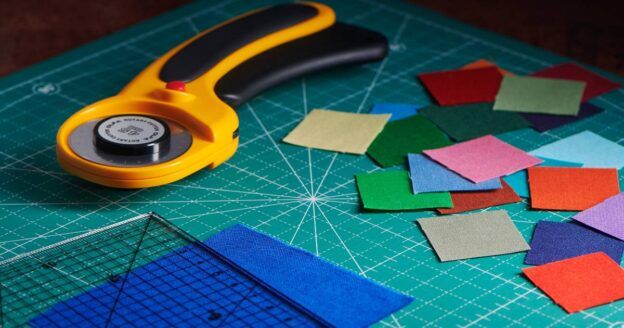

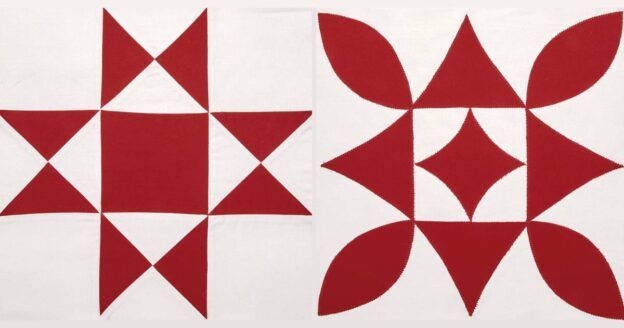
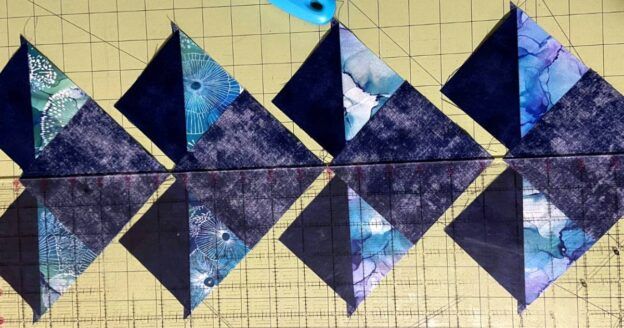
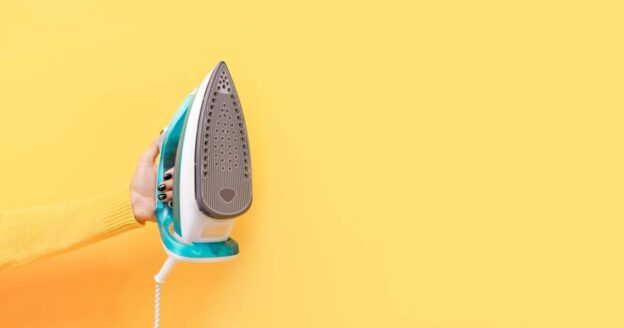
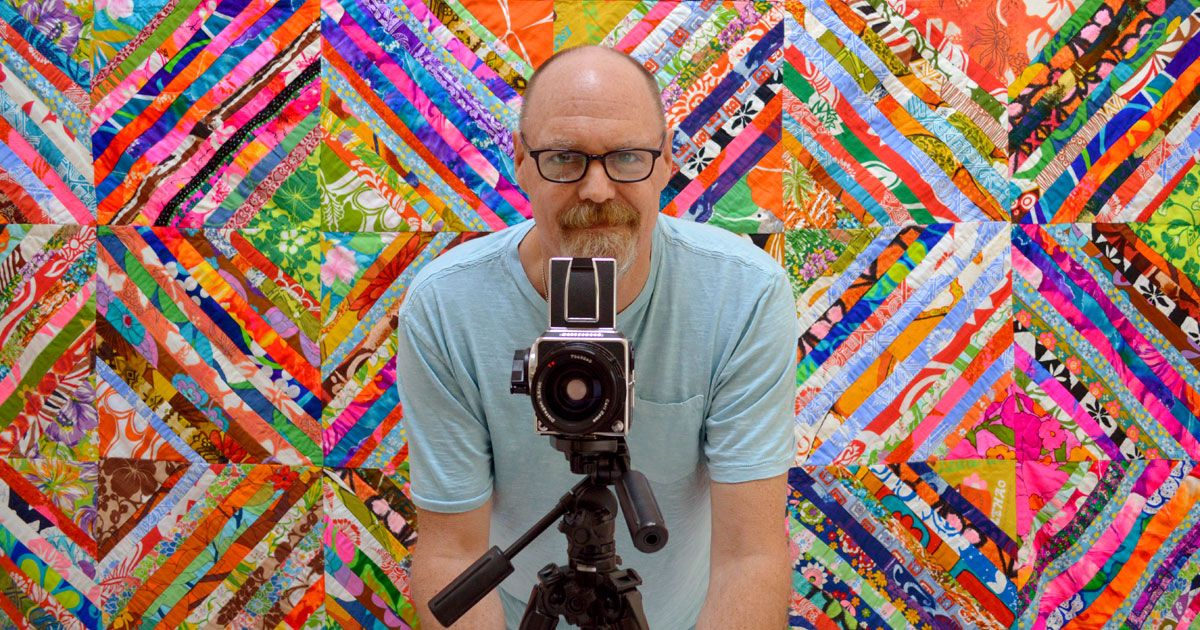
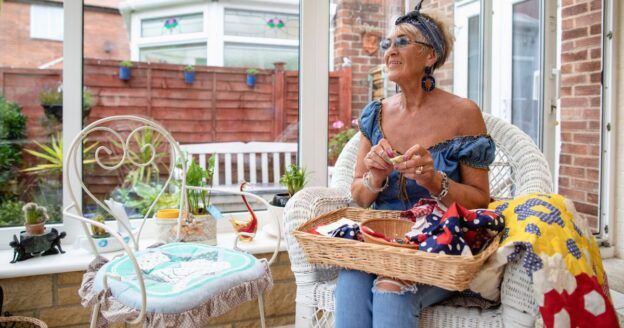
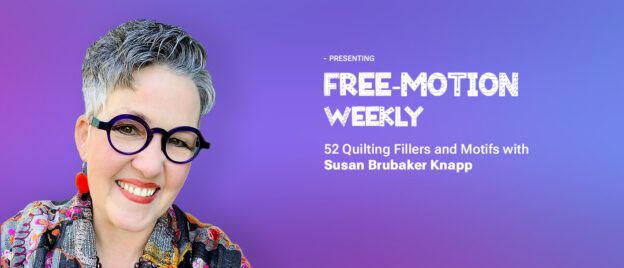
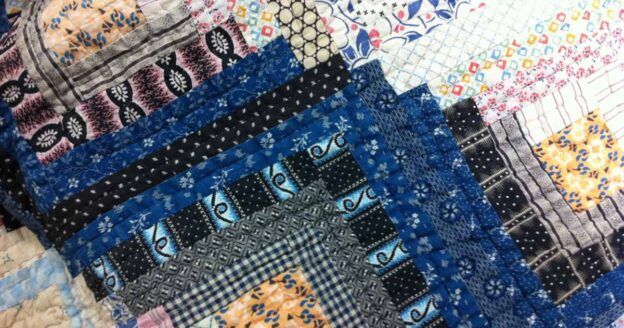
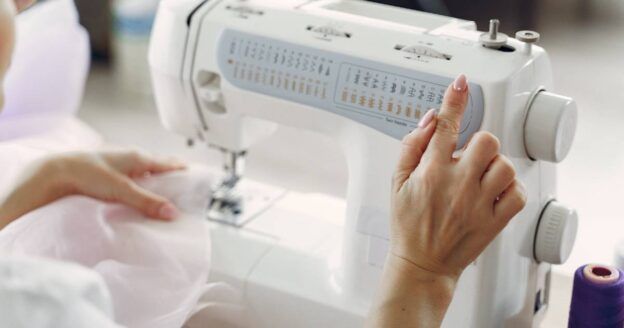
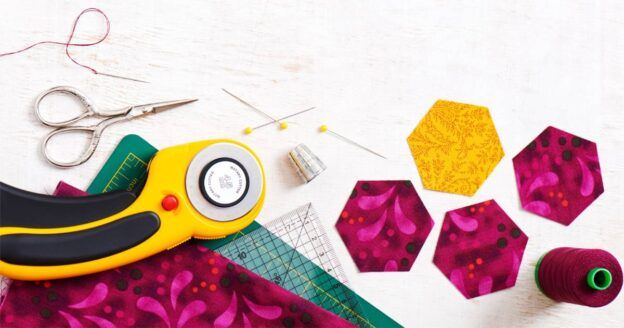

Join the Conversation!